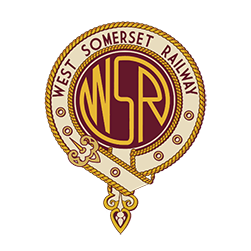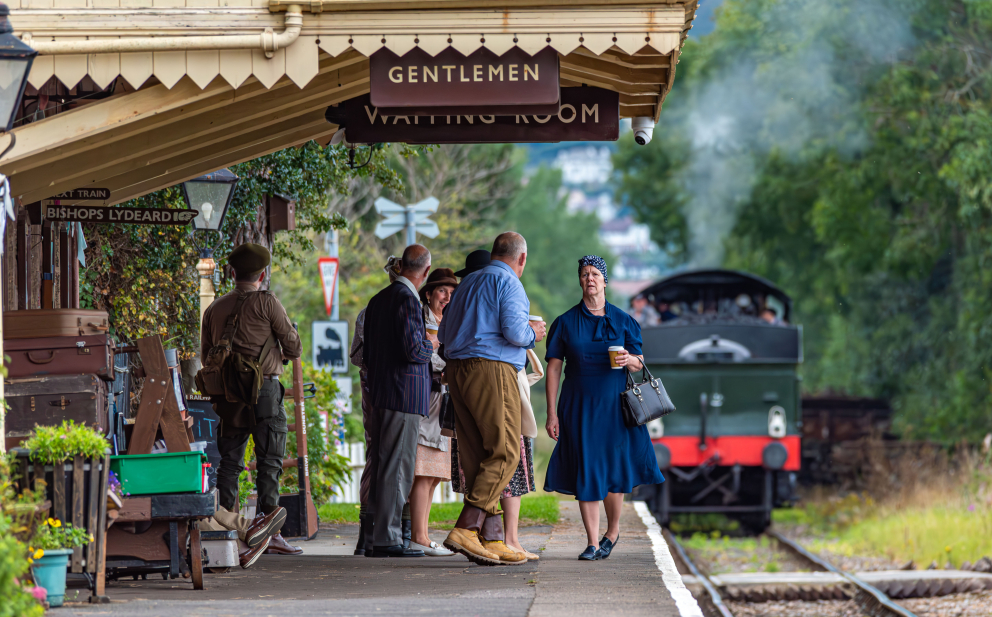Watchet Station has a single platform, which is wheelchair-accessible from the path over the level crossing at the up (Bishops Lydeard) end. There is a footbridge over the line at the down (Minehead) end of the platform, where there is a booking office selling the full range of tickets for the railway. Toilets are available, including a disabled facility, and there is a pay and display car park adjacent to the station, which is close to the town, with its pubs, cafes and shops and the harbour, with its marina and East Quay arts and enterprise centre.
Station Facilities
The fabric of the station’s buildings and gardens are lovingly tended by our tireless volunteers, the Friends of Watchet Station. They staff a well-stocked buffet with hot drinks and snacks as well as gifts and toys, plants, second-hand books and model railway stock and railway history resources.
The station staff have created a series of Dragon Trails to show you some of the hidden treasures of the town. These are available as leaflets from the station building or used online on your phone here. The online trails are easy to follow and include links to tell you more about all that you can see. Dragon family soft toys and stickers are available from the shop.
History of Watchet Station
Watchet was the original terminus of the West Somerset Railway when it opened in 1862, a fact which is reflected in the position of the station building at right angles to the railway line. The railway was extended to Minehead in 1874. The attraction of Watchet to the railway developers was the promise of traffic generated by the harbour, and there was a network of sidings that served the East Quay, with access controlled by a tall signal box that stood on the station platform. All these have now gone, but the former goods shed survives and now contains the Watchet Boat Museum.
The remaining buildings have been restored by volunteers, and in the ‘Pagoda’ waiting room on the platform you can see a display giving you a glimpse of how they brought Watchet Station back to life again. In the smaller ‘Lamp Room’ volunteers have tried to recreate the Station Master’s office as it may have been in the 1930s.









